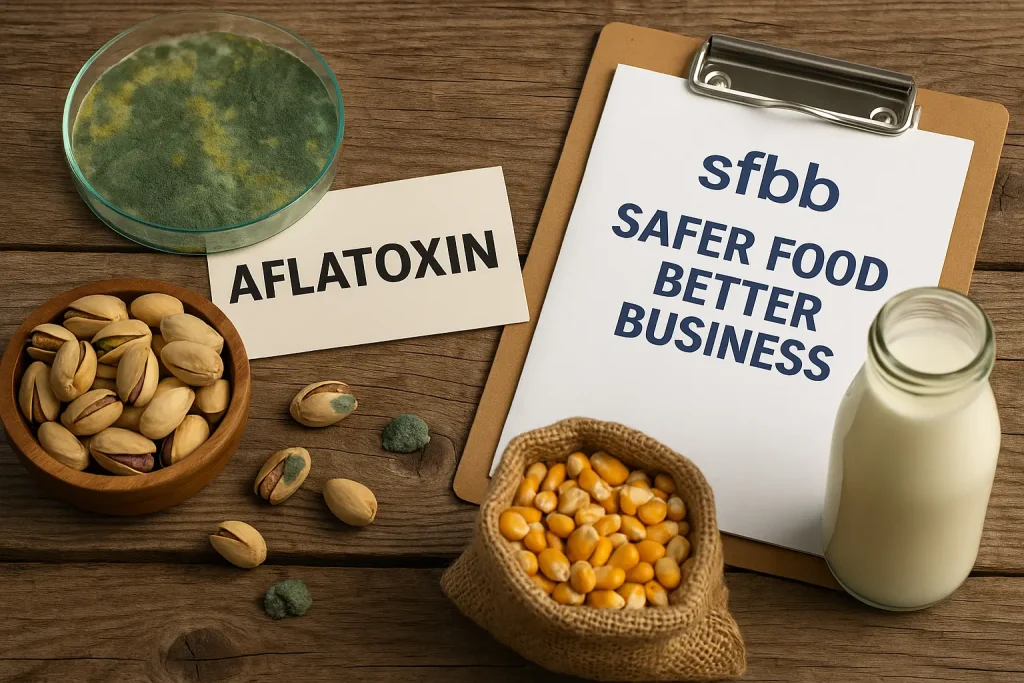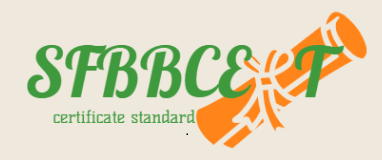
Aflatoxin is a highly toxic and carcinogenic mycotoxin produced by the fungi Aspergillus flavus and Aspergillus parasiticus. These molds typically grow on food products such as grains, nuts, oilseeds, dried fruits, and dairy under warm and humid conditions. When consumed, aflatoxins pose serious health risks to both humans and animals.
Types of Aflatoxins
Aflatoxins are divided into several types, the most important being:
Aflatoxin B1 – The most potent and carcinogenic form, commonly found in peanuts, corn, and dried grains.
Aflatoxin B2
Aflatoxin G1
Aflatoxin G2
Aflatoxin M1 – A metabolite of B1 found in milk and dairy products from animals fed contaminated feed.
Common Sources of Aflatoxin Contamination
Foods most susceptible to aflatoxin contamination include:
Corn
Peanuts
Pistachios
Walnuts
Hazelnuts
Dried figs
Dried red chili
Milk and dairy products
Stored grains such as wheat and barley
Health Impacts of Aflatoxins on Humans
Aflatoxins are primarily hepatotoxic (toxic to the liver). Key health effects include:
Liver cancer (hepatocellular carcinoma)
Immune system suppression
DNA damage and genetic mutations
Growth impairment in children
Gastrointestinal and kidney issues
International Standards for Aflatoxin Levels
1. Codex Alimentarius
Sets maximum allowable aflatoxin limits for products such as pistachios at 10–15 µg/kg.
2. European Union
Applies stricter limits, with maximum total aflatoxin content as low as 4 µg/kg for certain products.
3. National Standards
Most national food safety authorities have established regulations for aflatoxin levels in food products, generally ranging from 2–20 µg/kg depending on the product.
What is SFBB and How Does It Relate to Aflatoxin?
SFBB stands for Safer Food Better Business, a practical framework for implementing food safety procedures, especially in small and medium-sized enterprises (SMEs). It helps to:
Reduce microbial and chemical contamination (including aflatoxins)
Improve hygienic operations
Document risk control steps
Key SFBB Elements:
Training staff in proper food storage practices
Monitoring temperature and humidity levels in storage areas
Applying HACCP principles to identify critical control points
Recording and tracking environmental conditions
By adhering to SFBB guidelines, businesses can significantly reduce the risk of aflatoxin contamination in their products.
What is SFBBcert?
SFBBcert is a food safety and mycotoxin control certification awarded to producers, packaging units, and distributors that meet strict food hygiene and contamination control standards.
Features of SFBBcert:
Supervision of proper storage practices
Control and traceability of raw materials
Documentation of quality control processes
Compliance with international food safety regulations and inspection bodies
Obtaining an SFBBcert is highly recommended for businesses involved in the export of dried fruits, dairy products, and grains to global markets.
Strategies for Preventing and Controlling Aflatoxins in Food
At the Farm Level:
Timely harvesting
Avoiding physical damage to crops
Rapid drying of produce after harvest
Use of approved fungicides if needed
During Storage:
Maintaining humidity below 65% and temperature below 25°C
Ensuring proper ventilation
Using food-safe and certified storage bags
Rotating stock to prevent aging and spoilage
During Processing and Packaging:
Removing damaged, moldy, or broken grains and nuts
Utilizing optical or laser sorting systems
Implementing GMP (Good Manufacturing Practices) and GHP (Good Hygienic Practices)
Testing samples in accredited laboratories
Aflatoxin Risk in Global Trade
Aflatoxin contamination is one of the most frequent causes of product rejection in international trade, particularly for nuts, dried fruits, and cereals. Many countries have strict regulations for permissible aflatoxin levels.
Measures to Maintain Export Market Compliance:
Full implementation of SFBB protocols
Obtaining SFBBcert and international health certifications
Conducting laboratory testing prior to shipment
Employing advanced aflatoxin detection technologies
Conclusion
Aflatoxin poses one of the most significant food safety challenges worldwide. Without effective control, it can seriously impact public health and damage the reputation of food brands.
Implementing management systems like SFBB, acquiring certifications such as SFBBcert, training personnel, maintaining proper storage conditions, and conducting thorough testing are essential steps toward minimizing aflatoxin risks and ensuring safe, high-quality food for global consumers.

No comment